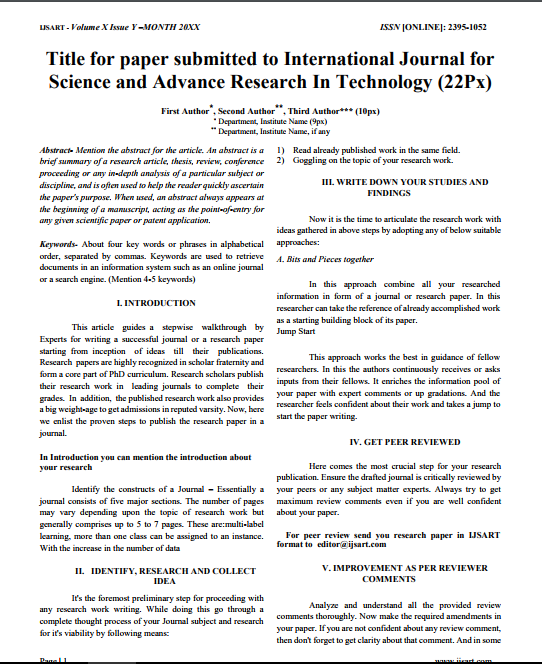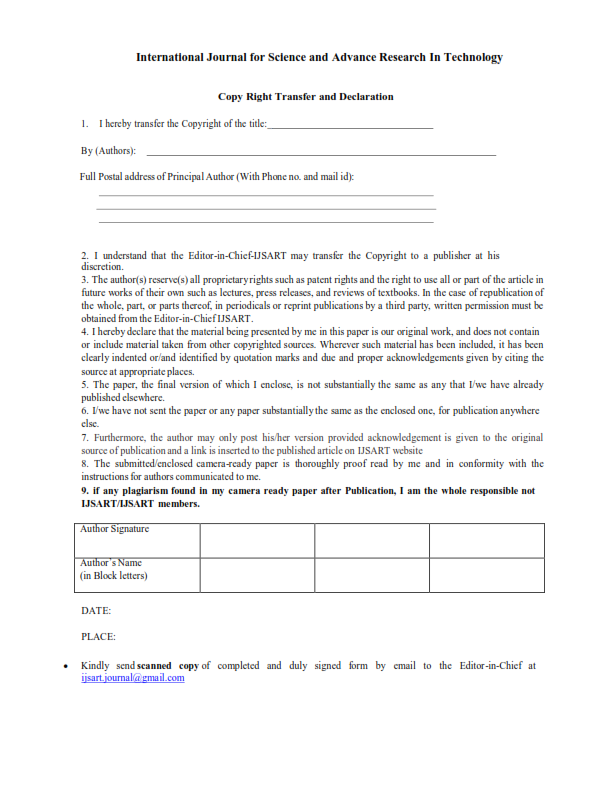YOLOV3-BASED TRAFFIC INFRACTION RECOGNITION WITH OCR PRECISION |
Author(s): |
| Mrs. Gowri Vidhya N |
Keywords: |
| Computer Vision, OCR Precision, Object Detection, YOLOv3, License Plate Recognition, Deep Learning, Real-time Recognition. |
Abstract |
|
An increasing number of applications for traffic violations have been made in several countries in recent years. By examining vehicle speeds close to road violation detection stations on major metropolitan road-ways, the current study aims to ascertain the effect of road traffic violation detection on vehicle speeds. Using the camera method, traffic was captured on a sample segment of an urban highway. Vehicle speeds were measured by the estimate approach prior to, during, and following a road traffic control zone. Using statistical methodology and SPSS software, speed data were cate-gorised and processed to create probabilistic density models of vehicle speeds prior to, during, and following a traffic violation checkpoint.The results demonstrate that the trafficenforcement area's maximum and average speeds are significantly slower than those in the areas before and after it. 80.2% of cars were speeding outside the checkpoint violation area, while 70.1% of cars were speeding before the infraction was noticed.At the same time, speeding in the checkpoint decreased to 15.9%. When vehicles pass through a checkpoint for road traffic violations, the speed of the vehicle decreases and in-creases. The detection of violations in road traffic at its active location can effectively regulate driving behavior and reduce speed, but these effects are limited to the de-tection of traffic violations. Vehicle speed distributions can be calculated from vehicles the potential velocity of the density model. It allows, the identification of traffic signal violations in real time. To make it simple for the user to operate the system, monitor traffic, and take en-forcement action against breaches of traffic rules, a user-friendly graphical interface is included. |
Other Details |
|
Paper ID: IJSARTV Published in: Volume : 10, Issue : 1 Publication Date: 1/11/2024 |
Article Preview |
|
Download Article |


